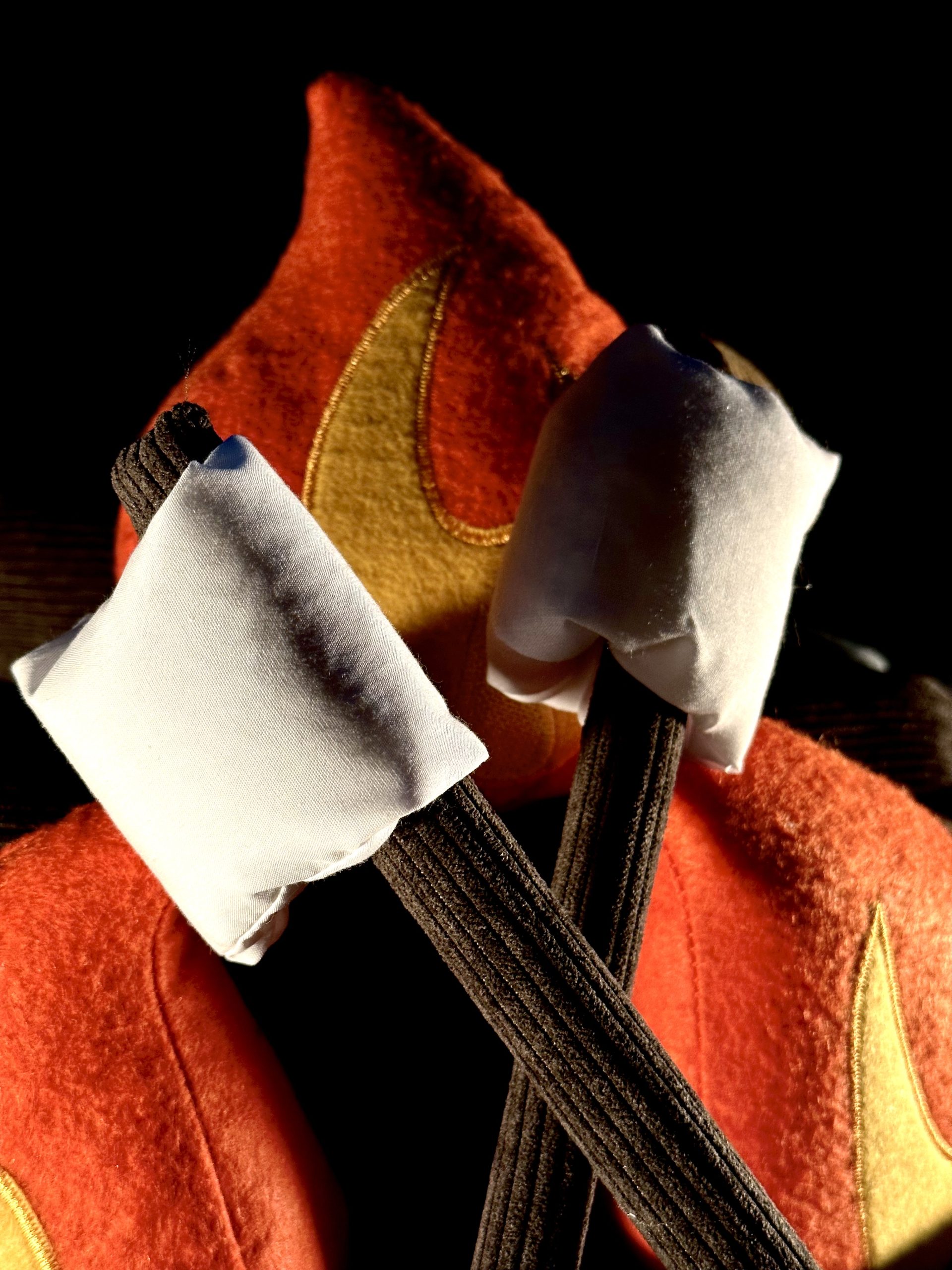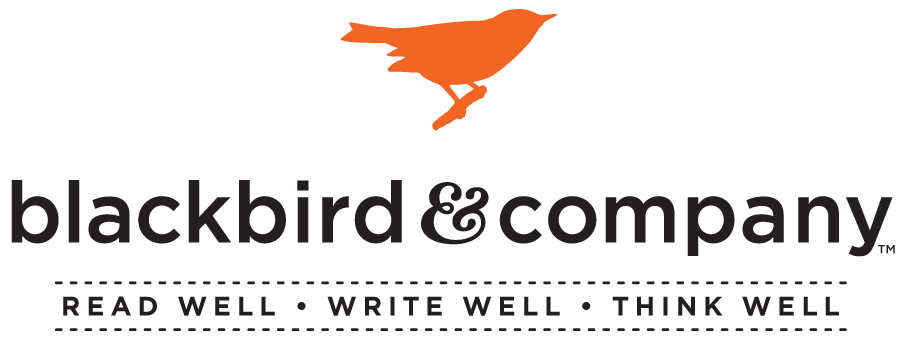
Sinking your teeth into a marshmallow is like biting into a cloud!
Let’s make marshmallows! Before we do, let’s ask a beautiful question: Where did the idea come from? Marshmallows, after all, are not naturally occurring.
If we want to encourage our children to engage in the work of writing their ideas, sharing stories of successful idea-making is a terrific inspiration.
Did you know that this treat has a long, sweet history?
Begin by teaching your children that marshmallow is a plant. It has a scientific name: Althaea officinalis. You might point out that scientific names are capitalized differently than names of people. Only the first name is capitalized. It got its name because it is a “mallow” plant and grows in marshy areas. Marshmallow sprouts light pink flowers and grows very tall.
Next share a bit of history. As early as the 9th century, Greeks used marshmallow medicinally by making a balm from the sap. They discovered it soothed wounds, stings, and tummy aches. Later the Romans discovered marshmallow worked well as a laxative. By the Middle Ages, marshmallow was a treatment for a wide variety of ailments including insomnia! But it was the ancient Egyptians who made a sweet treat by combining marshmallow sap, honey, and nuts. The French took it from here. Their concoction was still semi-medicinal (used often as a throat lozenge), but interestingly it was also advertised as anti-aging cream! Eventually, through France, marshmallows landed as a sweet indulgent treat.
Marshmallows arrived in the USA in the 1800s. And we can thank the Girl Scouts for S’Mores.
Before you begin to cook, share this amazing fact: We consume 90 million pounds of marshmallows every year!
Here is a simple recipe:
For the syrup: Combine in a saucepan with a candy thermometer: 3/4 cup Water + 1 1/4 cup corn syrup + 3 cups sugar + pinch of salt
For the body of the confection: In a heavy-duty mixer, sprinkle 3 tablespoons gelatin over 3/4 cup water
NOW:
- Let the gelatin dissolve in the water in the mixer with the whisk attachment ready to go.
- Boil the syrup mixture to 240 degrees. Immediately pour the syrup slowly into the mixer. Increase to high and beat until very thick!
- Add flavoring—a tablespoon of vanilla, or 1 1/2 teaspoons of almond or peppermint. Here you can be creative!
- Now pour the marshmallow mixture into a greased with spray oil 13″ x 9″ baking pan. At this point you can sprinkle sparkle sugar to decorate. Let set overnight.
- Turn pan over onto a large cutting board heavily dusted with powdered sugar. Cut the set marshmallow into cubes. Roll each cube in organic powdered sugar—you will need about 1 cup.
Even if you have never made marshmallows from scratch, remember the kitchen is a classroom. Enjoy the adventure creating this campfire friendly confection!
~Kimberly & Sara

